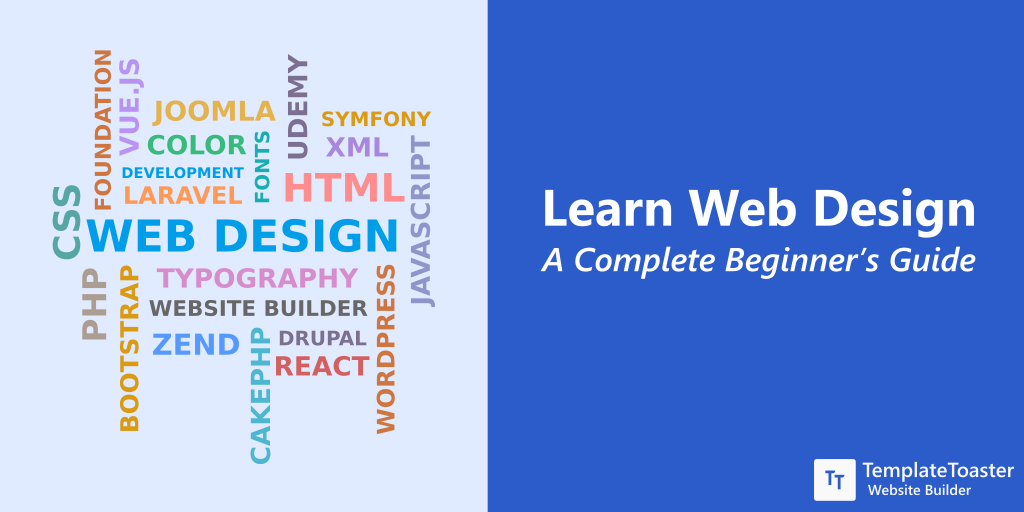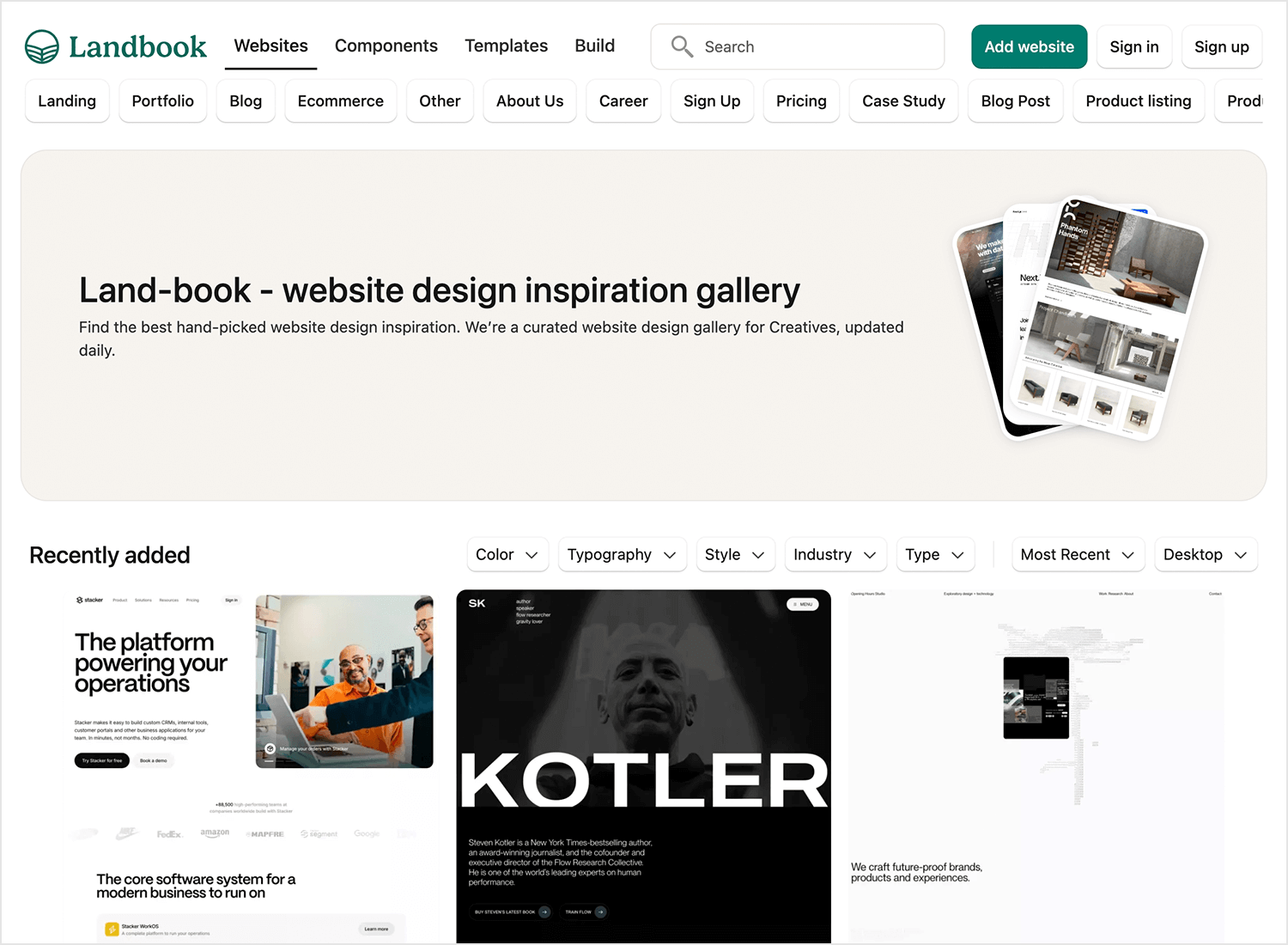Transform Your Online Visibility with Premier Web Design Johannesburg Solutions
Wiki Article
Unraveling the Complexities of Receptive Internet Design and Its Effect On Access and Functionality Throughout Different Devices
Responsive internet design (RWD) has arised as an essential approach in producing electronic experiences that are both useful and available throughout diverse gadgets. By incorporating techniques such as liquid grids and CSS media queries, RWD not only boosts individual involvement but additionally addresses vital accessibility worries for individuals with specials needs.Understanding Receptive Internet Layout
Responsive internet style embodies the concept of versatility, ensuring that web sites provide an ideal watching experience across a selection of gadgets and screen sizes. This strategy utilizes flexible grids, formats, and images, allowing the material to dynamically change based upon the customer's device. The rise of mobile web usage has actually made receptive layout not just a pattern, however a need for modern-day web advancement.At its core, receptive website design emphasizes fluidity and scalability. By making use of CSS media questions, developers can tailor styles to varying display measurements, guaranteeing that text stays readable and pictures are presented suitably. This strategy suits the diverse range of gadgets, from mobile phones to huge desktop displays, assisting in smooth navigation and interaction.
Furthermore, responsive website design enhances customer involvement by minimizing the requirement for extreme zooming or horizontal scrolling, which can diminish the individual experience. By prioritizing ease of access, organizations can reach a more comprehensive audience, ensuring that all customers, despite device, can access content efficiently. Ultimately, comprehending receptive internet design is critical for developing sites that are not only visually attractive yet additionally functional and user-friendly throughout diverse systems.

Trick Principles of RWD
Stressing flexibility and user-centric design, the vital principles of responsive web style (RWD) focus on creating a seamless experience despite the tool being utilized. One fundamental principle is fluid grids, which utilize loved one systems like percents as opposed to fixed measurements. This approach guarantees that design aspects adjust proportionally to varying screen sizes, preserving visual coherence.An additional crucial principle is flexible images and media, which resize within their containing components. web design Johannesburg. By utilizing CSS methods such as max-width, designers can prevent images from surpassing their moms and dad containers, making sure that visuals stay sharp and appropriately scaled throughout gadgets
Additionally, media queries play a pivotal duty in RWD, enabling developers to use certain CSS styles based upon the attributes of the gadget, such as orientation, size, and height. This capacity allows customized experiences that improve usability and involvement.
In addition, a mobile-first method is increasingly preferred, where styles focus on smaller sized screens and considerably improve for larger devices. This concept not only maximizes efficiency but additionally attends to the growing occurrence of mobile browsing. Collectively, these concepts form the foundation of receptive website design, fostering a versatile and straightforward digital atmosphere.

Effect On Ease Of Access
The integration of responsive internet design plays an essential role in enhancing accessibility for all customers. By taking on a versatile design that adapts to differing display sizes and orientations, responsive layout makes sure that material remains clear and easily accessible regardless of the device made use of. This flexibility is particularly significant for people with handicaps, that may rely on assistive modern technologies that operate better when web content is structured responsively.In addition, receptive internet design lowers the probability of issues such as straight scrolling, which can hinder customers with motor handicaps or visual problems. By offering a regular individual experience throughout basics gadgets, developers can prioritize access features such as key-board navigation and screen viewers compatibility, permitting an extra inclusive electronic environment.
Additionally, search engines significantly prefer responsive styles, which can boost visibility for individuals looking for available material. As a result, companies and businesses are motivated to take on these techniques not only to follow access standards however likewise to get to a more comprehensive audience. Eventually, receptive internet design contributes in advertising fair access to information and services throughout diverse user groups, therefore cultivating a comprehensive digital landscape.
Functionality Across Instruments

In addition, the efficiency of web applications can vary dramatically throughout gadgets. Mobile tools frequently have actually limited handling power and slower net connections, which can impact loading times and total user experience. It is essential for developers to optimize photos, manuscripts, and other sources to make sure that read what he said efficiency stays effective and consistent, no matter the device being used.
In addition, the layout and structure of material need to adjust fluidly to different display sizes to maintain functionality. This flexibility not just enhances individual involvement yet likewise lowers irritation, eventually causing higher retention prices. In summary, prioritizing performance across gadgets is vital for producing a inclusive and efficient web presence that deals with the varied requirements of individuals.
Finest Practices for Implementation
Executing responsive website design properly calls for a calculated technique that prioritizes individual experience and availability. To accomplish this, begin by adopting a mobile-first layout approach, which emphasizes creating an optimum experience for smaller screens prior to scaling as much as larger tools. This method ensures that essential web content is focused on and that functions are flawlessly integrated.Following, utilize fluid grids and versatile layouts. Use family member units, such as percents, as opposed to dealt with systems like pixels - web design Johannesburg. This adaptability enables content to resize dynamically based upon the screen's measurements, enhancing functionality across various gadgets
Moreover, include media queries to use specific CSS policies based on the features of the gadget, such as resolution, elevation, and size. This targeted method permits tailored experiences that accommodate the one-of-a-kind capabilities of each tool.
Furthermore, focus on ease of access by making certain that all interactive elements are quickly accessible using touch or key-board. Apply anonymous semantic HTML to enhance display viewers compatibility and keep high contrast ratios for readability.
Final Thought
In verdict, receptive internet layout functions as a foundational aspect in producing practical and accessible digital experiences across varied gadgets. By incorporating liquid grids, adaptable images, and CSS media queries, responsive style not just boosts user involvement but also advertises fair access to information for all individuals, including those with impairments. Sticking to finest techniques in execution ensures that sites remain adaptable, ultimately fostering a more inclusive electronic environment that meets the differing demands of customers.Receptive internet style (RWD) has arised as a fundamental strategy in developing electronic experiences that are both practical and available across varied tools.Receptive web design personifies the concept of versatility, guaranteeing that sites supply an ideal viewing experience throughout a selection of gadgets and display dimensions.Highlighting flexibility and user-centric design, the key concepts of receptive web style (RWD) revolve around creating a smooth experience regardless of the tool being utilized.Functionality throughout gadgets is a crucial factor to consider in web design, as customers engage with web content with a variety of platforms, consisting of desktops, tablet computers, and smartphones.In final thought, responsive internet layout serves as a fundamental element in developing available and useful digital experiences throughout varied devices.
Report this wiki page